Home>Renovation & DIY>Tools & Equipment>How To Organize Backpack For Travel
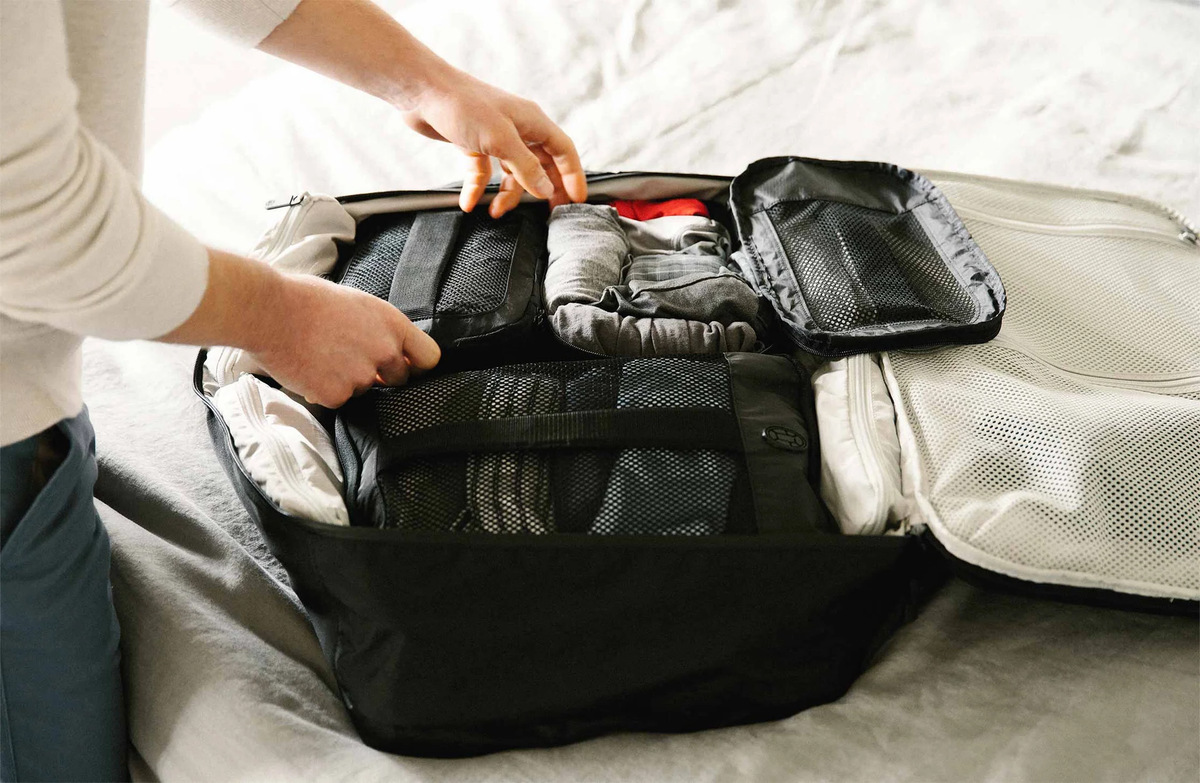

Tools & Equipment
How To Organize Backpack For Travel
Published: March 2, 2024
Learn how to efficiently organize your backpack for travel with the right tools and equipment. Find essential tips for packing smart and maximizing space.
(Many of the links in this article redirect to a specific reviewed product. Your purchase of these products through affiliate links helps to generate commission for Storables.com, at no extra cost. Learn more)
Essential Items to Pack
When preparing for a trip, it's crucial to pack the essential items that will ensure you have a comfortable and enjoyable journey. Here are some must-have items to include in your backpack for travel:
-
Travel Documents: Keep your passport, visa, travel insurance, and any other necessary documents in a secure and easily accessible pocket or pouch.
-
Clothing: Pack versatile and lightweight clothing suitable for the climate of your destination. Consider packing layers for varying weather conditions.
-
Footwear: Comfortable and durable shoes are essential for travel. Choose footwear that is suitable for walking and exploring, and consider packing a pair of flip-flops for lounging or showering.
-
Toiletries: Pack travel-sized toiletries such as toothpaste, toothbrush, shampoo, conditioner, and body wash. Don't forget essentials like sunscreen, insect repellent, and any necessary medications.
-
Electronics: Bring along your phone, charger, power bank, and any other electronic devices you may need. Consider a universal adapter if you're traveling internationally.
-
Travel Accessories: Items such as a travel pillow, eye mask, earplugs, and a reusable water bottle can greatly enhance your travel experience.
-
First Aid Kit: It's always wise to have a basic first aid kit with essentials like band-aids, antiseptic wipes, pain relievers, and any personal medications.
-
Snacks: Pack some lightweight and non-perishable snacks to keep you fueled during your travels. Nuts, granola bars, and dried fruits are great options.
-
Travel Guide or Map: Having a physical or digital guide to your destination can be incredibly helpful for navigating and discovering local attractions.
-
Money and Payment Methods: Carry some cash in the local currency, as well as a credit/debit card for transactions. It's also a good idea to have a backup form of payment.
By ensuring you have these essential items packed in your backpack, you'll be well-prepared for a smooth and enjoyable travel experience.
Key Takeaways:
- Pack essential items like travel documents, clothing, toiletries, and snacks for a smooth and enjoyable travel experience. Use packing cubes, roll clothes, and wear bulky items to maximize space and stay organized.
- Choose a lightweight backpack, pack only essentials, and prioritize dual-purpose items to keep your backpack comfortable and manageable. Distribute weight evenly, reassess items, and prioritize comfort for a pleasant journey.
Read more: How To Organize Backpacks At Home
Packing Tips and Tricks
Packing for a trip can be a daunting task, but with the right tips and tricks, you can make the process much more manageable. Here are some valuable insights to help you pack your backpack efficiently and effectively:
-
Roll Your Clothes: Rolling your clothes instead of folding them can save a significant amount of space in your backpack. This technique also helps to minimize wrinkles and makes it easier to locate specific items in your bag.
-
Use Packing Cubes: Packing cubes are a game-changer when it comes to organizing your belongings. They help to compartmentalize your clothes and accessories, making it easier to find what you need without creating a chaotic mess in your backpack.
-
Pack Multi-Purpose Items: Opt for clothing and accessories that can serve multiple functions. For example, a versatile scarf can double as a blanket or a makeshift pillow, while a quick-drying towel can also be used as a picnic blanket or a yoga mat.
-
Limit Your Shoe Selection: Shoes can take up a significant amount of space in your backpack, so it's essential to be strategic about the footwear you pack. Try to limit yourself to two pairs of shoes – one for walking and exploring, and another for more formal occasions.
-
Utilize Ziplock Bags: Ziplock bags are incredibly useful for organizing small items such as jewelry, electronic accessories, and toiletries. They also provide an extra layer of protection against spills and leaks.
-
Pack Travel-Size Toiletries: To save space and comply with airline regulations, invest in travel-size containers for your toiletries. Alternatively, consider using solid toiletries such as shampoo bars and solid perfume.
-
Wear Your Bulkiest Items: If you're traveling with bulky items such as hiking boots or a heavy jacket, consider wearing them during transit to free up space in your backpack. This can also help regulate your body temperature in fluctuating climates.
-
Consider the Laundry Situation: If you'll have access to laundry facilities during your trip, pack fewer clothing items and plan to do laundry as needed. This can significantly reduce the amount of clothing you need to carry with you.
By implementing these packing tips and tricks, you can streamline the packing process and ensure that your backpack is organized and optimized for your travels.
Organizing Your Backpack Efficiently
Organizing your backpack efficiently is essential for a hassle-free travel experience. Here are some practical strategies to help you maximize space and keep your belongings well-organized:
-
Utilize Compartments and Pockets: Choose a backpack with multiple compartments and pockets to help you categorize and separate your items. This makes it easier to access what you need without having to rummage through your entire bag.
-
Pack Heavier Items Close to Your Back: When loading your backpack, place heavier items closer to your back and towards the bottom. This helps distribute the weight more evenly and prevents your bag from feeling lopsided or straining your shoulders.
-
Use Packing Cubes or Compression Bags: Packing cubes and compression bags are invaluable for keeping your clothes and accessories neatly organized. They also help compress your items, creating more space in your backpack.
-
Arrange Items by Frequency of Use: Keep frequently used items easily accessible, such as your water bottle, snacks, and travel documents. Less frequently used items can be packed towards the bottom or in the outer pockets.
-
Consider the Accessibility of Items: Think about the items you may need during transit, such as a book, headphones, or a travel pillow. Pack these in a convenient exterior pocket or at the top of your backpack for easy access.
-
Secure Valuables and Electronics: Ensure that your valuable items and electronics are well-protected and secure. Consider using a travel organizer or pouch for items like your passport, phone, and charger to prevent them from getting lost or damaged.
-
Roll Clothing or Use Packing Folders: Rolling your clothes or using packing folders can help minimize wrinkles and maximize space. It also makes it easier to see what clothing you have packed without disrupting the entire contents of your backpack.
-
Keep Toiletries Separate: To avoid spills and leaks, store your toiletries in a separate waterproof pouch or bag. This prevents any accidental messes from affecting the rest of your belongings.
By implementing these strategies, you can ensure that your backpack is efficiently organized, making it easier to find what you need and maintain a comfortable and balanced load throughout your travels.
Roll your clothes instead of folding them to save space in your backpack. Use packing cubes to keep items organized and easily accessible while traveling.
Maximizing Space in Your Backpack
When it comes to packing for travel, maximizing space in your backpack is a top priority. Here are some savvy techniques to make the most of the available space:
-
Utilize Every Nook and Cranny: Don't overlook the small spaces within your backpack. Tuck socks inside shoes, fill empty gaps with rolled-up clothing, and make use of any interior pockets or compartments.
-
Pack Smartly: Be strategic about how you pack your items. Place heavier and denser items at the bottom of your backpack to create a stable base, and fill in the remaining space with lighter items.
-
Consider Dual-Purpose Items: Opt for items that serve multiple functions. For example, a sarong can double as a beach towel or a picnic blanket, while a versatile scarf can be used for warmth, fashion, or even as a makeshift bag.
-
Use Compression Bags: Compression bags are a game-changer for maximizing space. These handy bags allow you to squeeze the air out of your clothing, reducing their volume and creating extra room in your backpack.
-
Minimize Bulky Packaging: Remove excess packaging from items such as toiletries and snacks. Transferring these items into resealable bags or compact containers can save valuable space.
-
Layering Technique: Employ the layering technique by placing larger, flatter items at the back of your backpack and layering smaller items on top. This helps distribute weight evenly and prevents items from shifting during transit.
-
Consider External Attachment Points: If your backpack has external attachment points, such as loops or straps, take advantage of them. You can secure items like a sleeping bag, tent, or hiking poles externally to free up space inside your backpack.
-
Be Mindful of Bulk: Avoid packing bulky items that take up unnecessary space. Instead, opt for lightweight and compact alternatives whenever possible.
By implementing these space-maximizing strategies, you can make the most of the available room in your backpack, ensuring that you have everything you need without overburdening yourself with excessive weight or bulk.
Keeping Your Backpack Lightweight and Comfortable
Packing a lightweight and comfortable backpack is crucial for a pleasant and manageable travel experience. Here are some valuable strategies to ensure that your backpack remains light and comfortable throughout your journey:
-
Choose the Right Backpack: Opt for a backpack that is specifically designed for travel and offers features such as padded shoulder straps, a supportive hip belt, and breathable back padding. Look for a lightweight yet durable material to minimize the base weight of the backpack itself.
-
Pack Only the Essentials: Be mindful of overpacking and carefully consider the necessity of each item you plan to bring. Avoid packing items "just in case" and focus on the essentials that will contribute to your comfort and well-being during the trip.
-
Invest in Lightweight Gear: When selecting travel gear such as clothing, footwear, and accessories, prioritize lightweight and compact options. Look for innovative materials and designs that offer functionality without adding unnecessary weight to your backpack.
-
Minimize Redundancy: Evaluate your packing list and identify any redundant items. For example, do you really need multiple pairs of shoes or an excessive number of electronic devices? Streamlining your belongings can significantly reduce the overall weight of your backpack.
-
Consider Dual-Purpose Items: Opt for items that serve multiple functions to minimize the number of individual items you need to pack. For instance, a versatile sarong can function as a beach towel, a shawl, or even a makeshift bag, reducing the need for additional bulky items.
-
Distribute Weight Evenly: When packing your backpack, distribute the weight evenly to prevent strain on your shoulders and back. Place heavier items closer to your back and towards the bottom of the backpack, while lighter items can be positioned towards the top and outer compartments.
-
Regularly Assess and Reevaluate: Periodically review the contents of your backpack and assess whether certain items are truly necessary. As you travel, you may discover that certain items are not being used, allowing you to lighten your load by discarding or donating them.
-
Prioritize Comfort: Ensure that your backpack is adjusted to fit your body comfortably. Adjust the shoulder straps, hip belt, and sternum strap to distribute the weight effectively and minimize strain. Properly fitted backpacks can significantly enhance comfort during extended periods of wear.
By implementing these strategies, you can maintain a lightweight and comfortable backpack, allowing you to move freely and enjoy your travel experiences without unnecessary physical strain or discomfort.
Frequently Asked Questions about How To Organize Backpack For Travel
Was this page helpful?
At Storables.com, we guarantee accurate and reliable information. Our content, validated by Expert Board Contributors, is crafted following stringent Editorial Policies. We're committed to providing you with well-researched, expert-backed insights for all your informational needs.
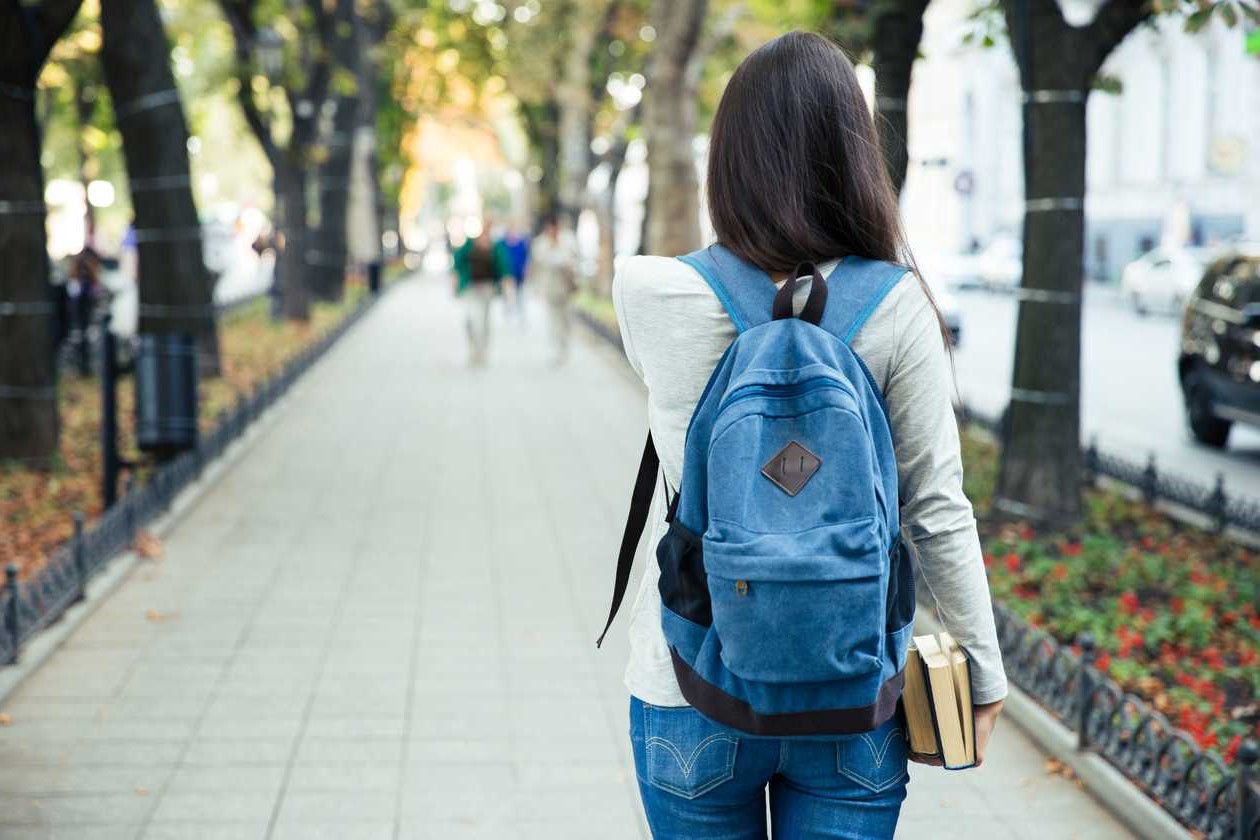
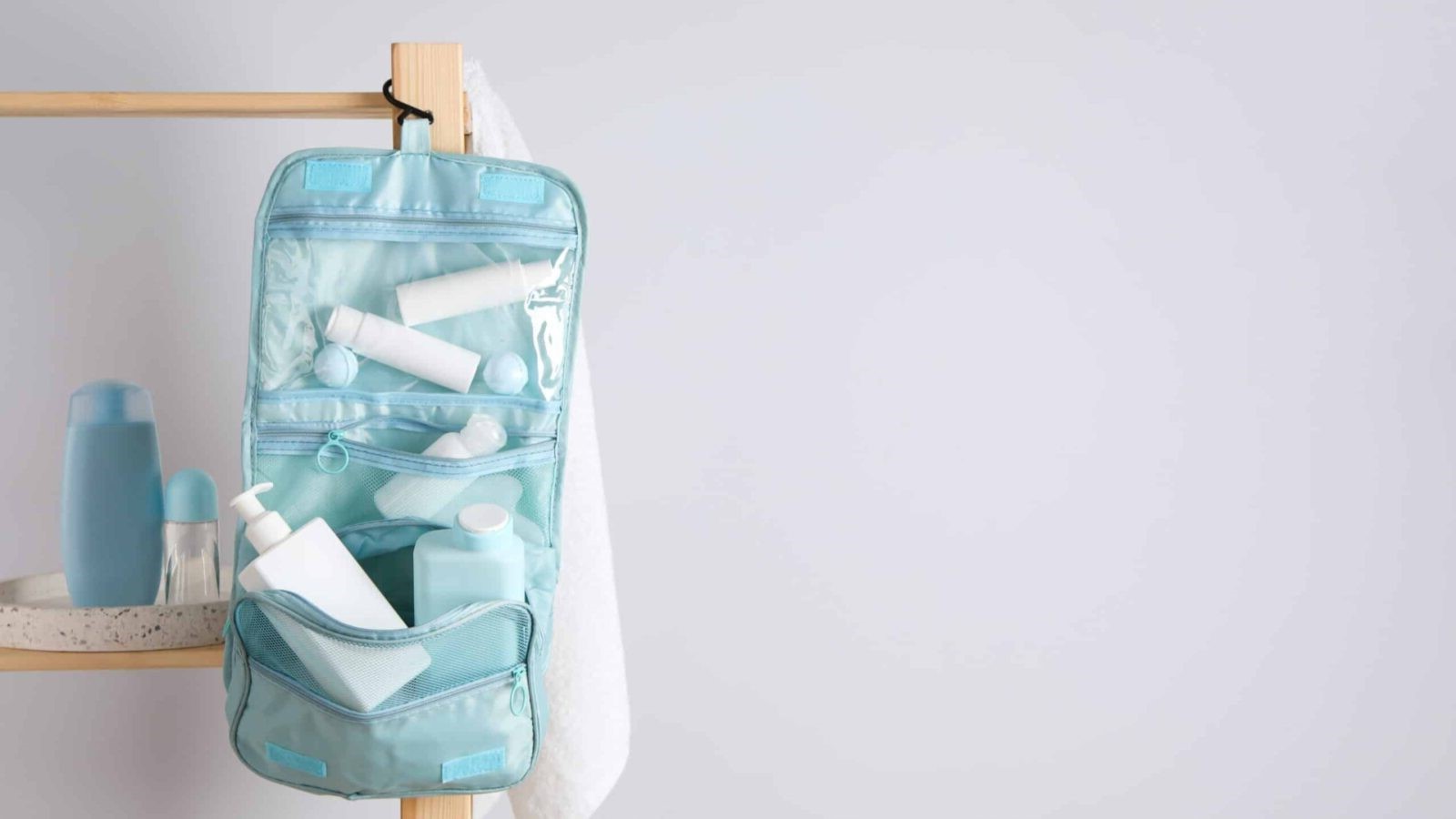
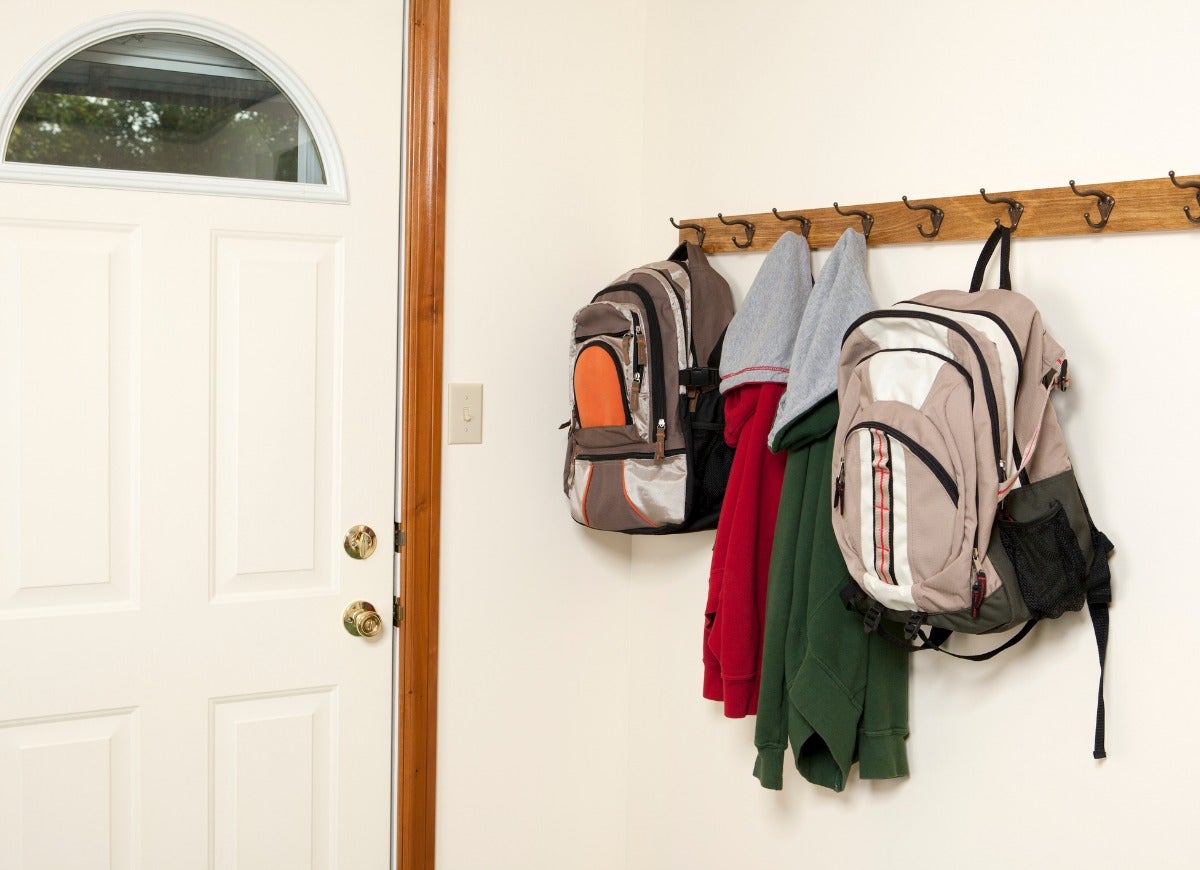
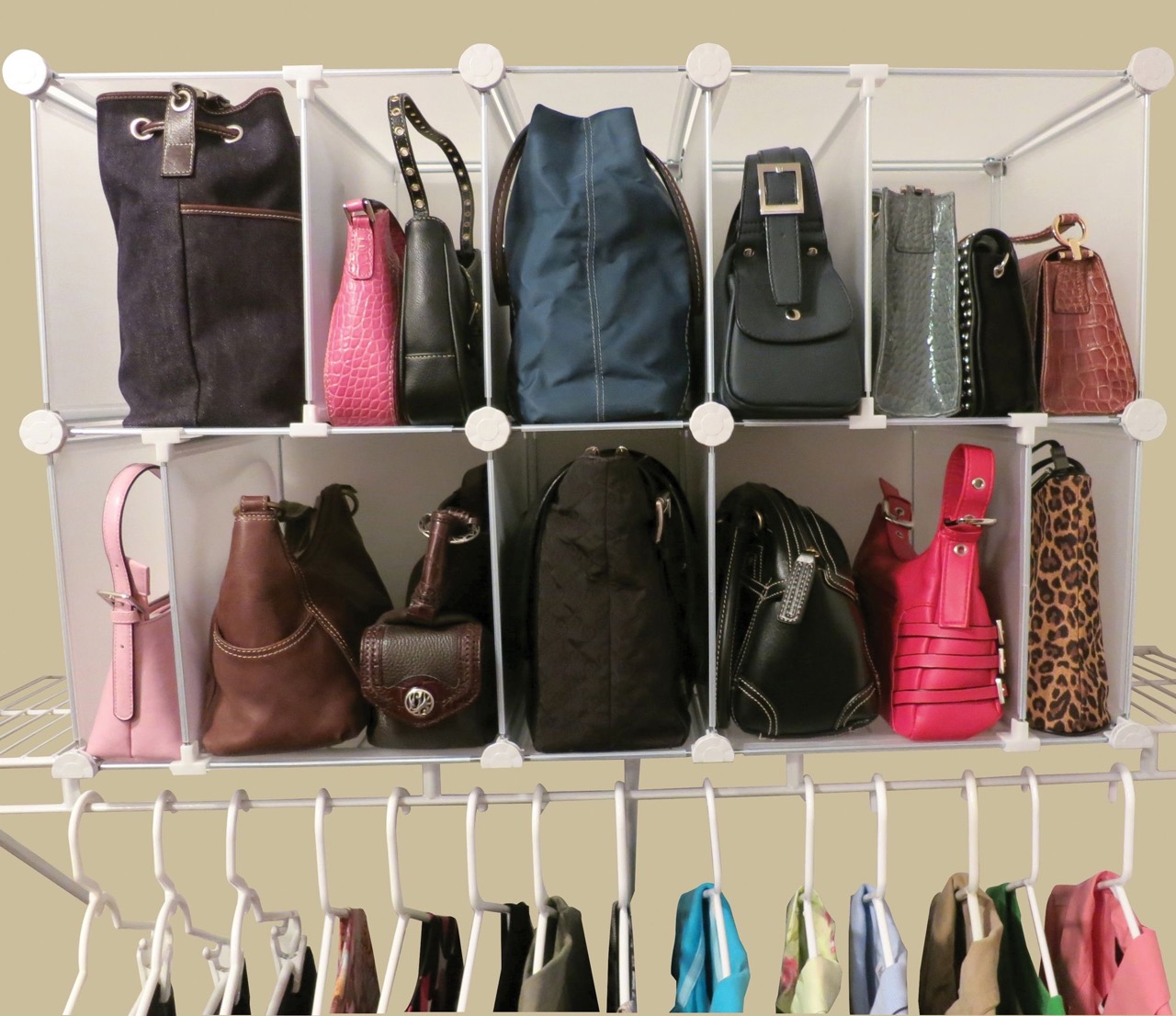
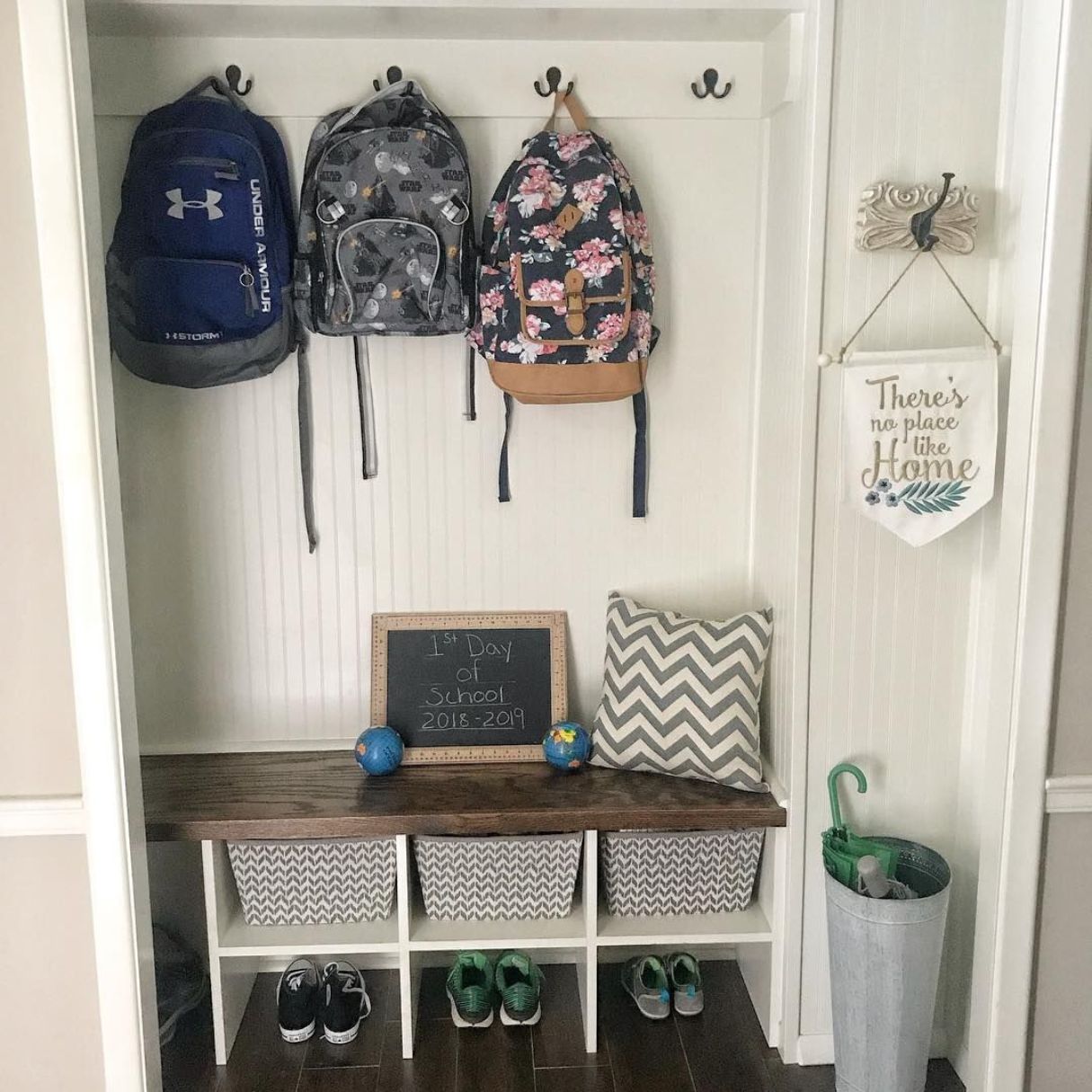
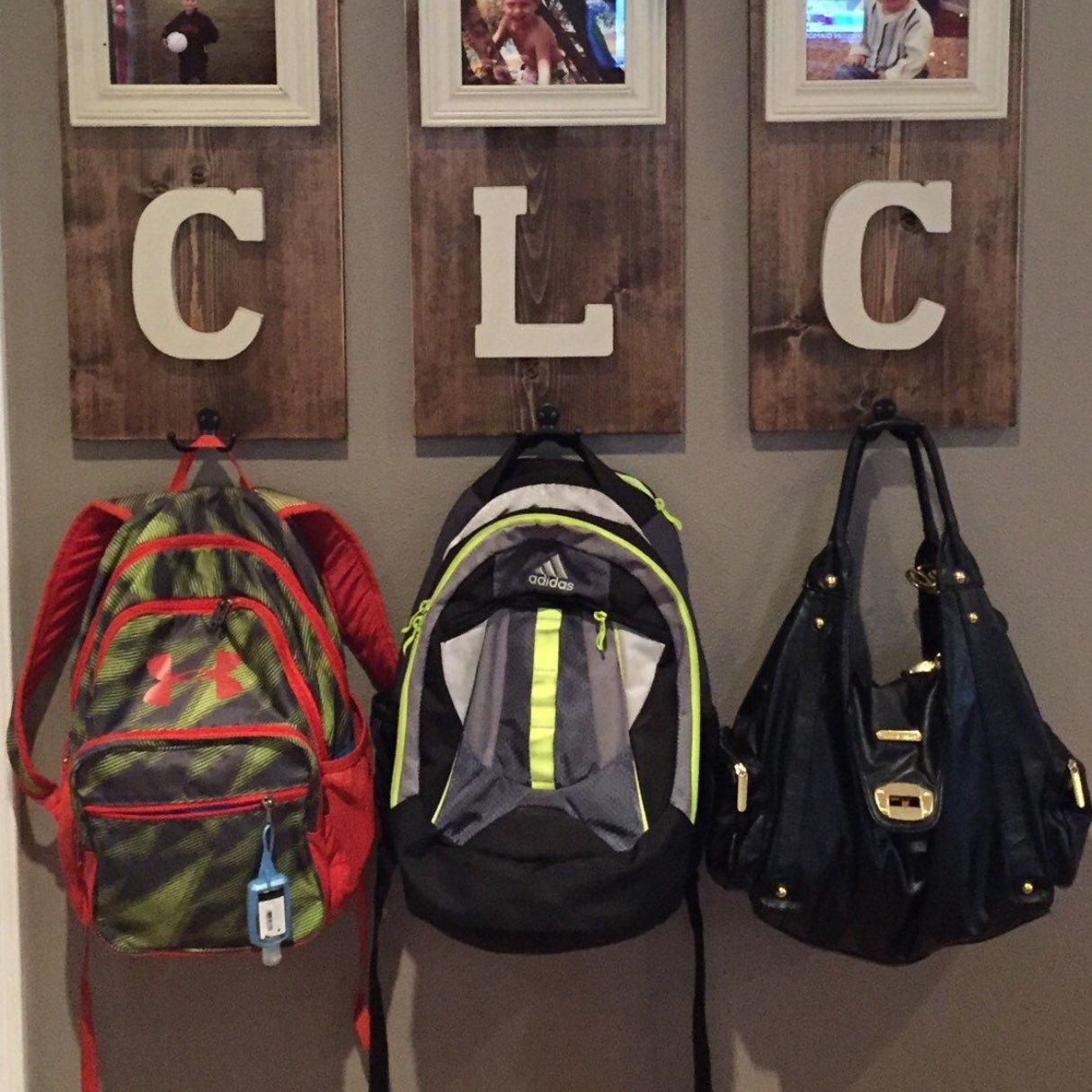
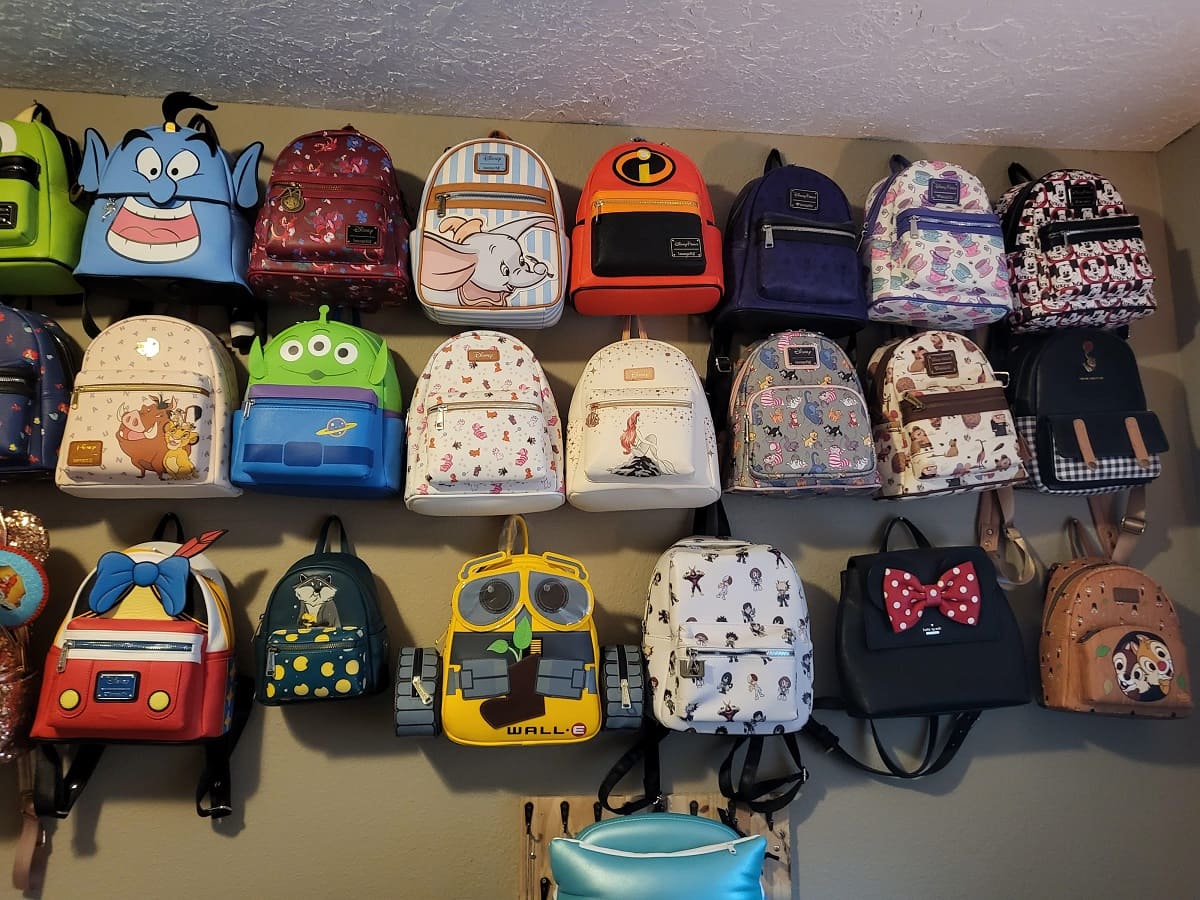
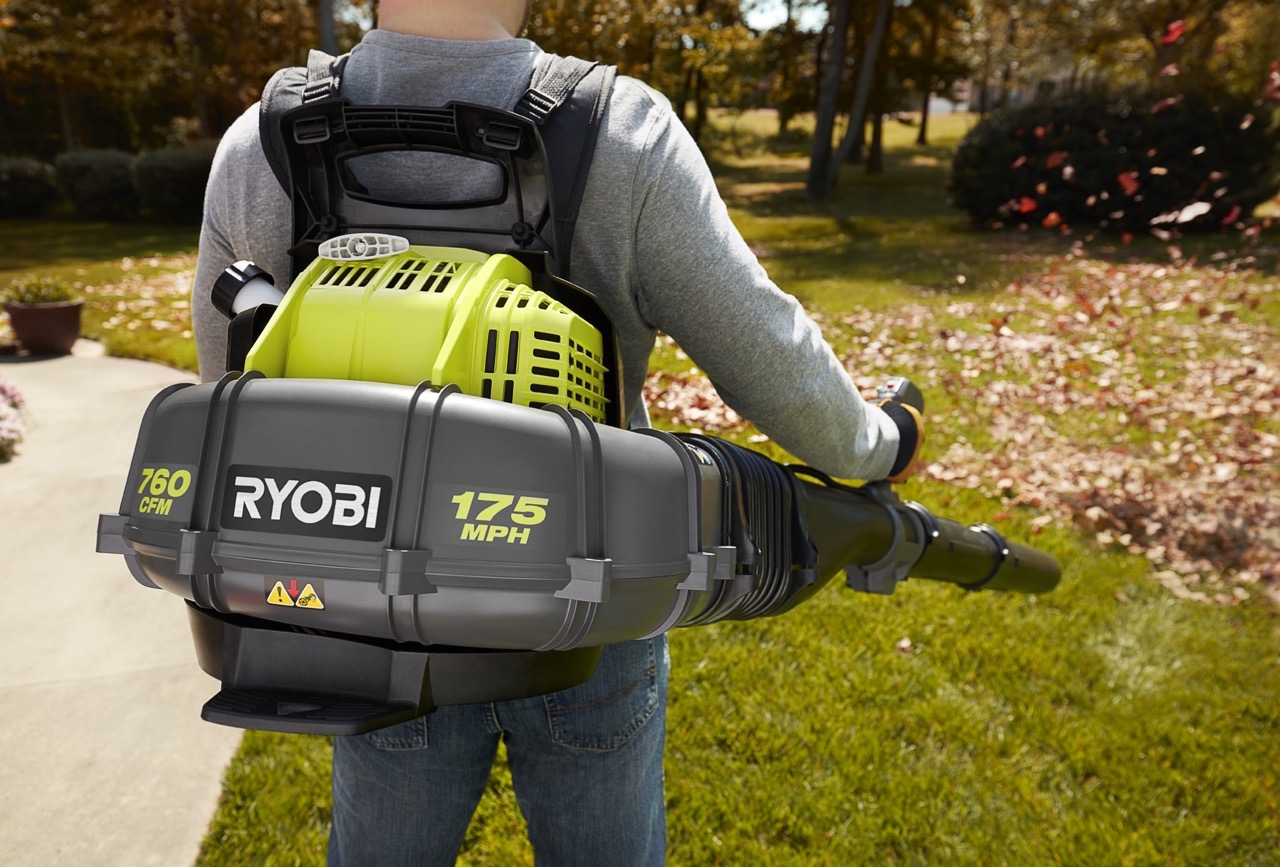
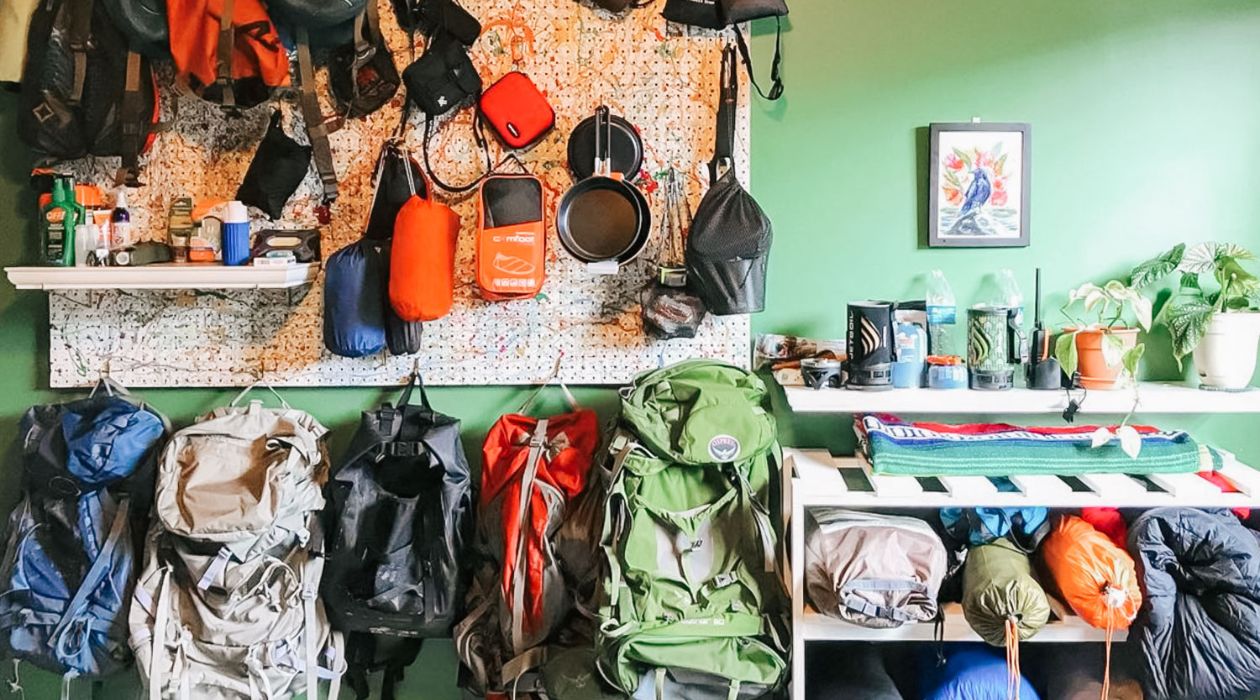
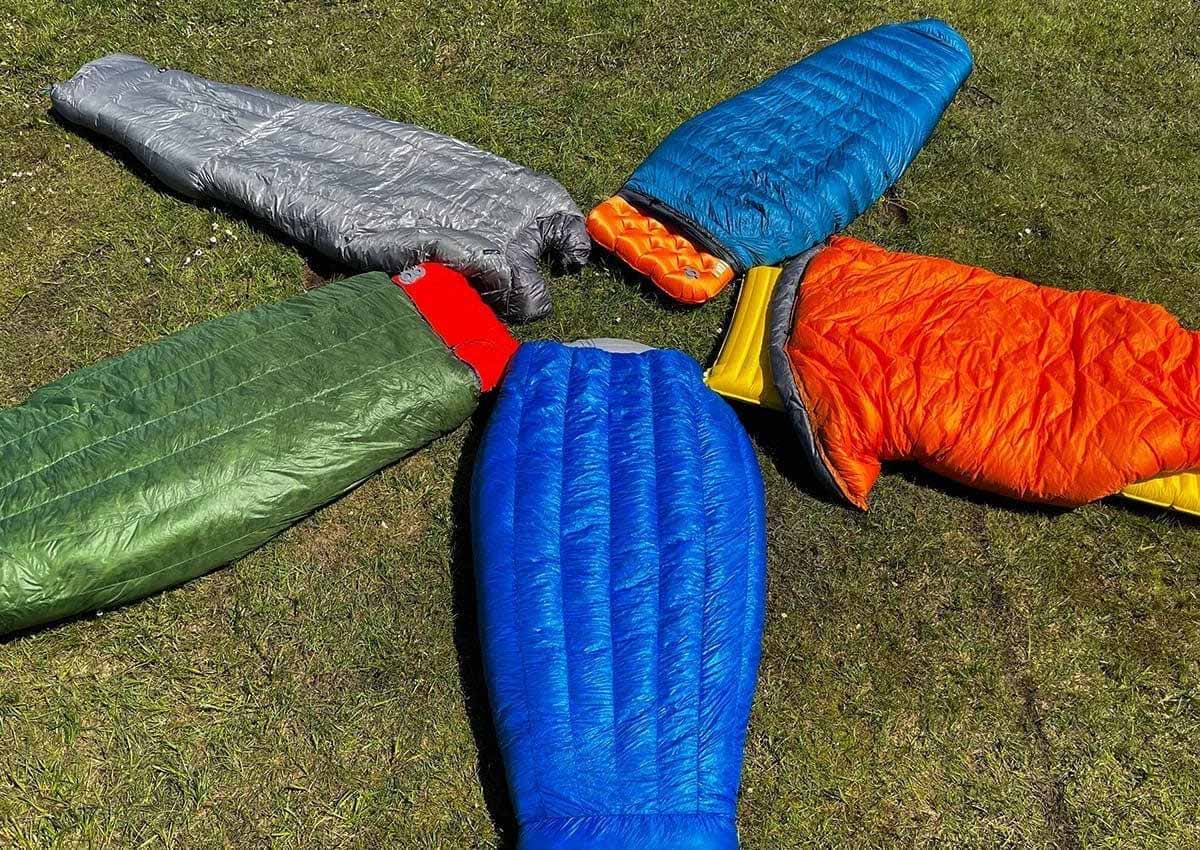
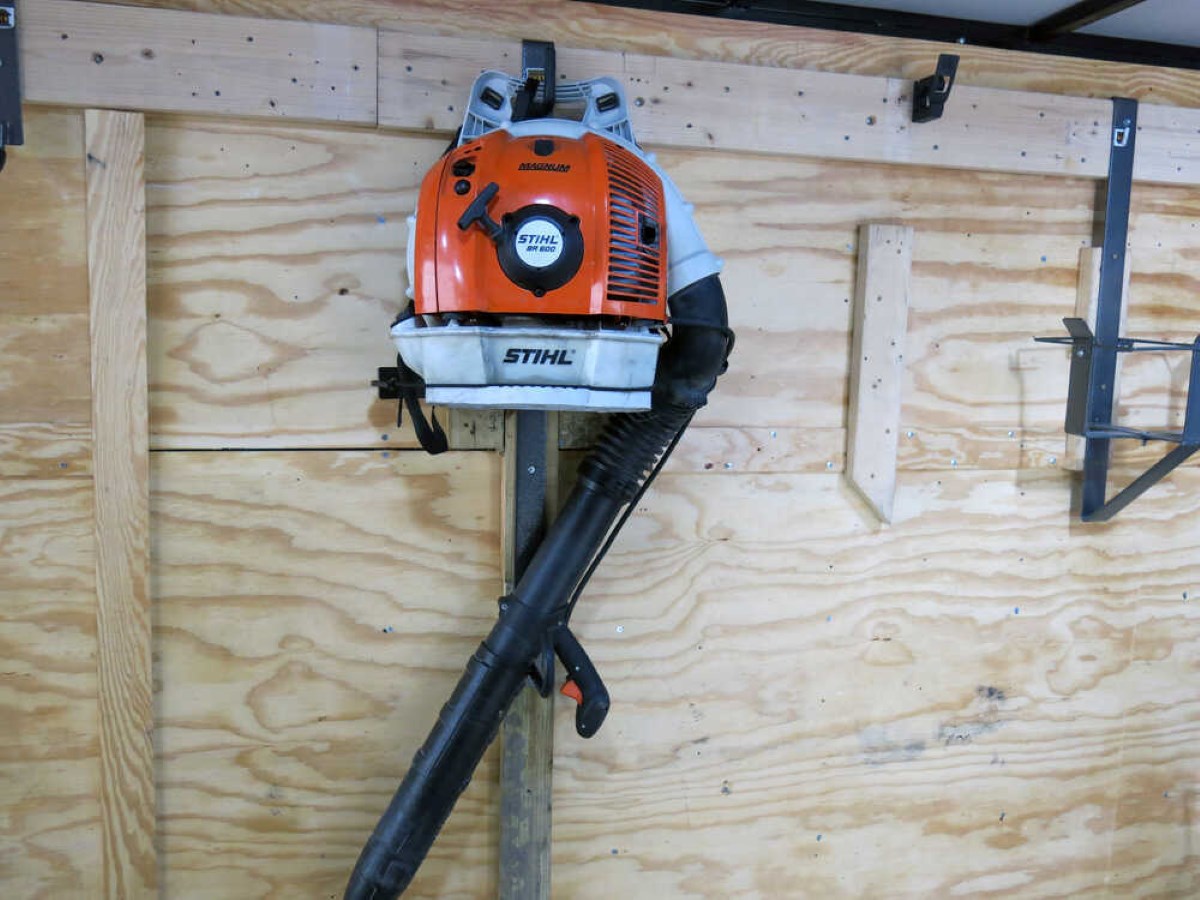
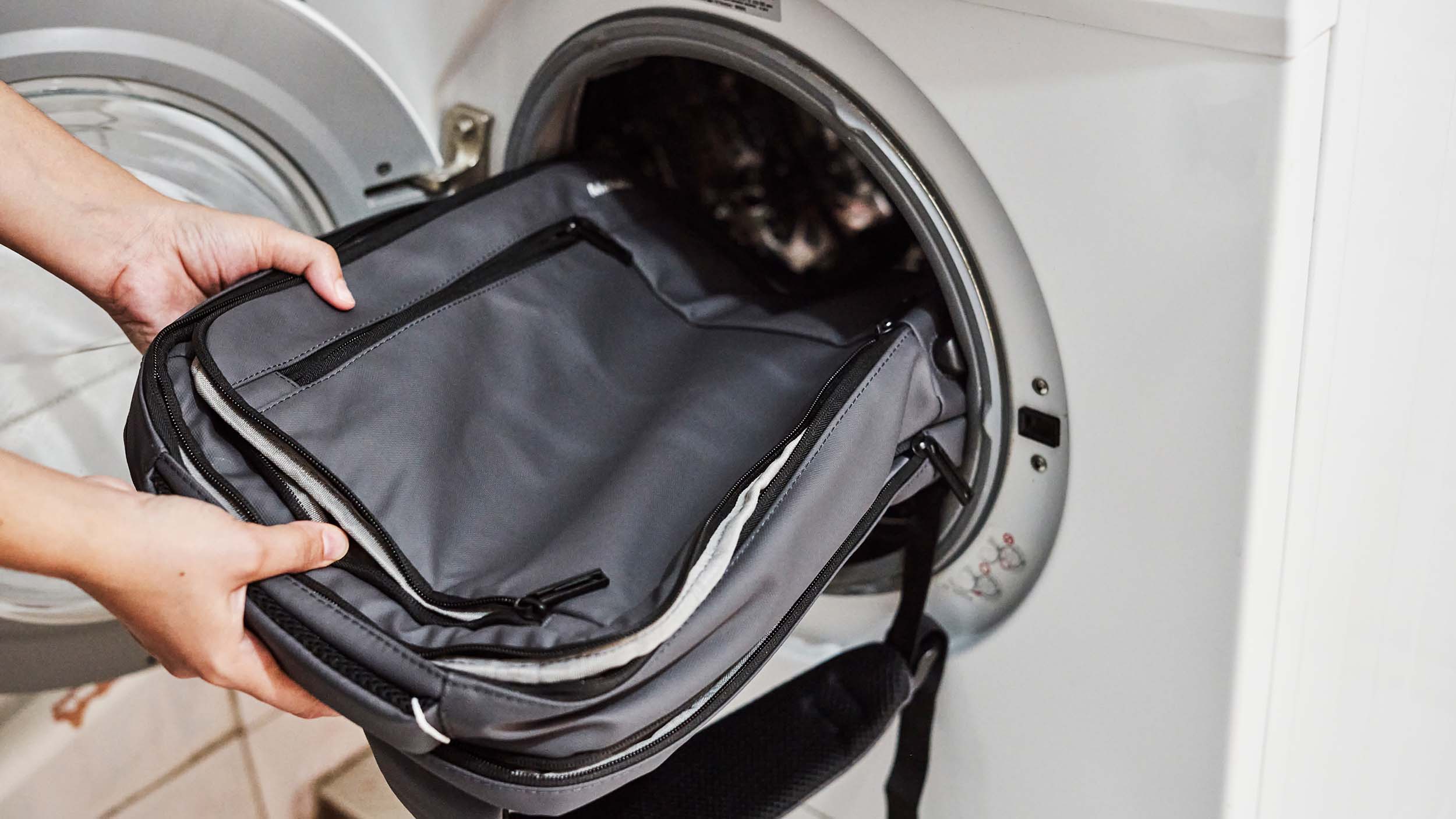
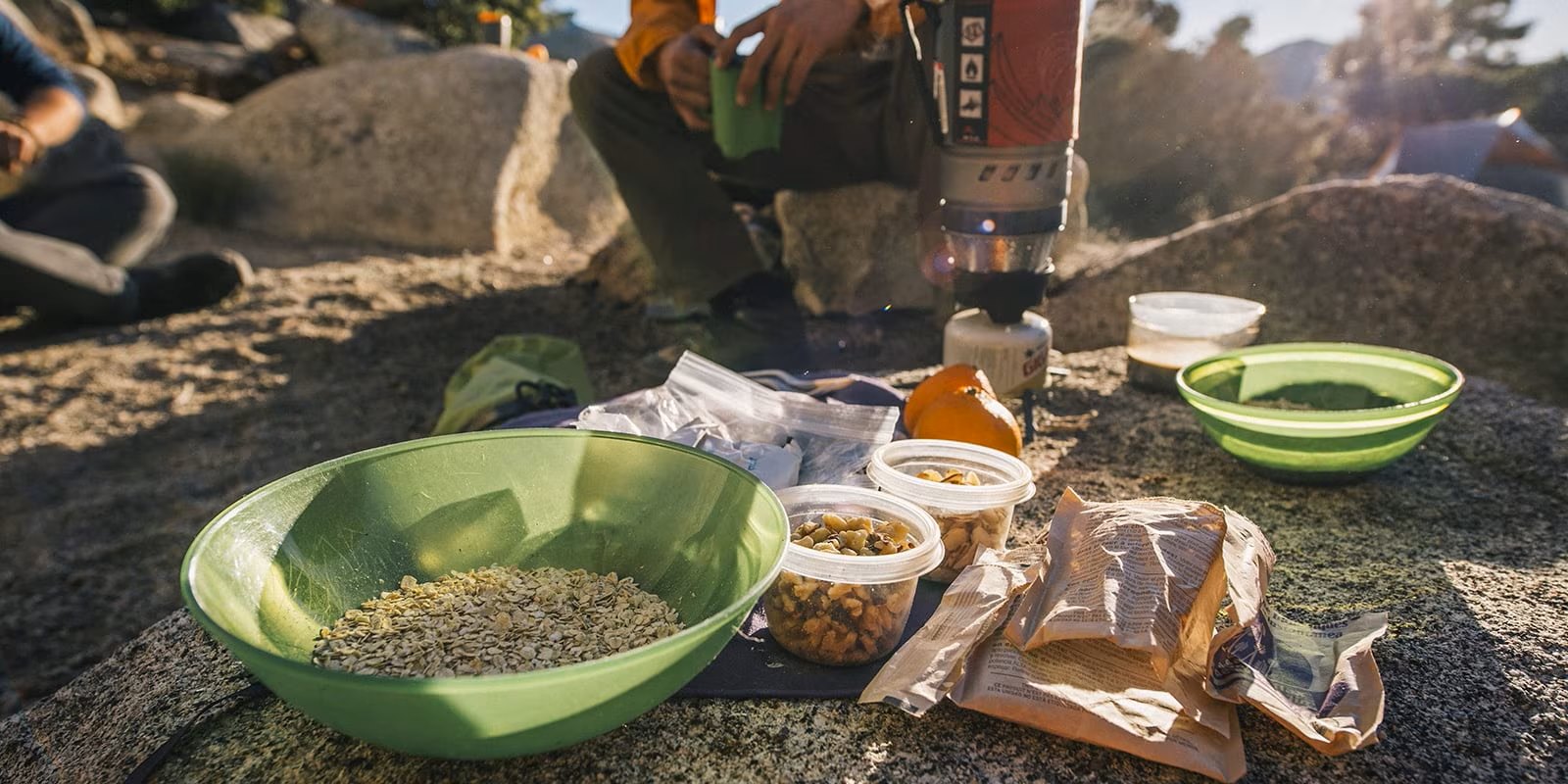
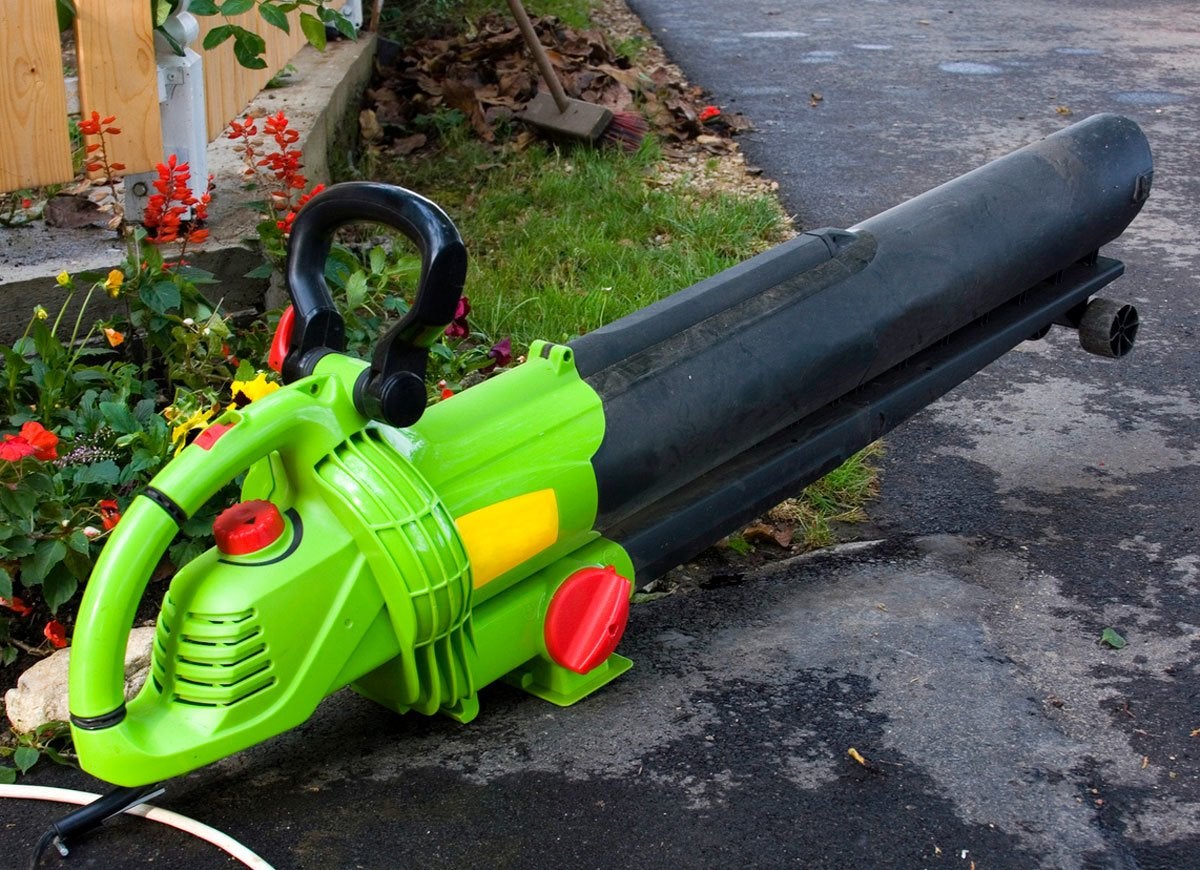


0 thoughts on “How To Organize Backpack For Travel”